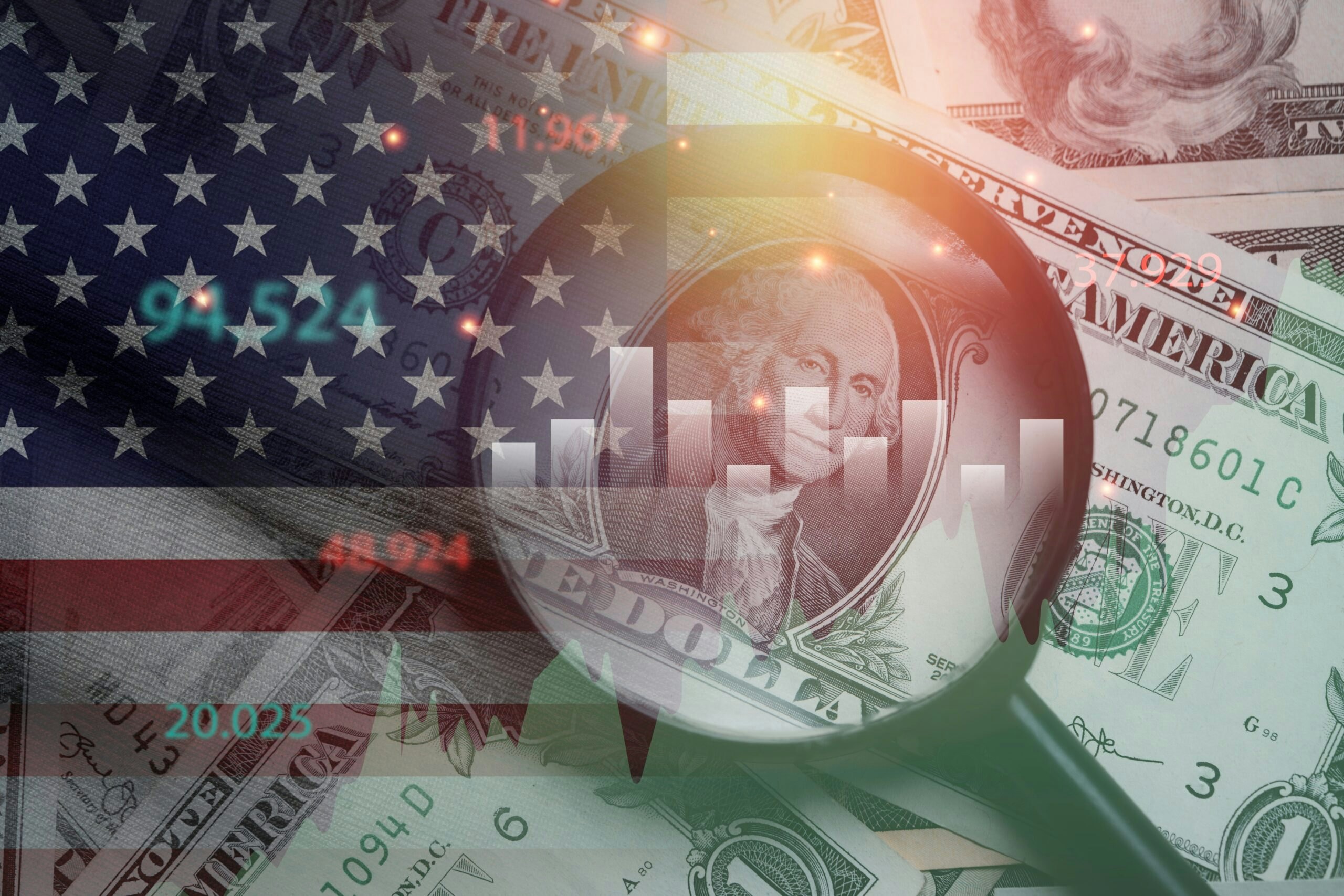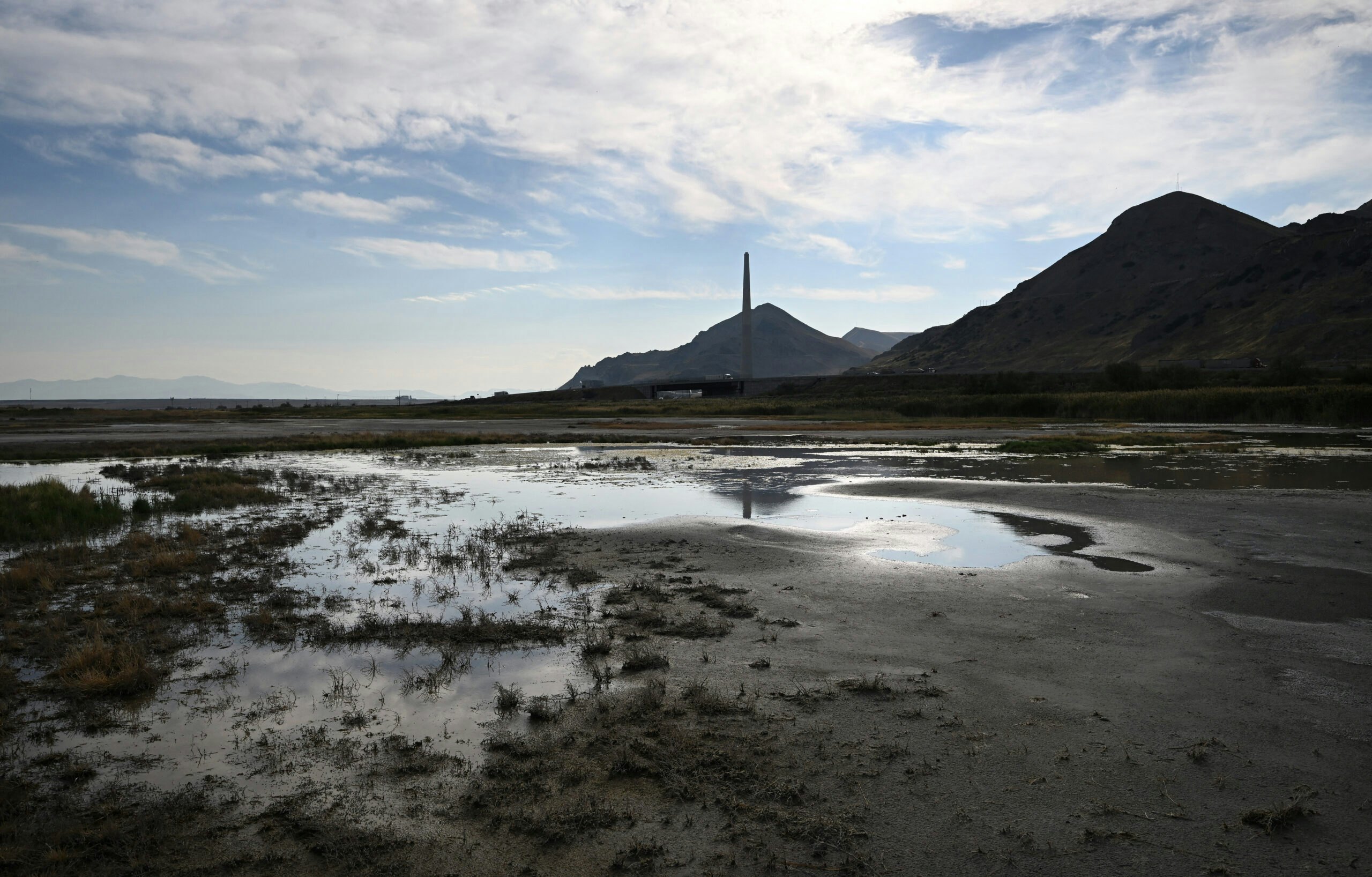Despite the loud recession forecasts, we think the U.S.will continue growing at a weak 1%-2% rate in the second half of 2012, as it did through the...
Despite the loud recession forecasts, we think the U.S.will continue growing at a weak 1%-2% rate in the second half of 2012, as it did through the double-dip recession forecasts of 2010 and 2011. A harmful federal policy environment is causing the economy to run way below potential. GDP data due July 27 will likely show that second-quarter growth remained under 2% after only 1.9% growth in the first quarter. Arguing against an imminent recession, however, there hasn’t been much buildup in inventory, business investment, or consumer demand from which to shrink. Recessions normally follow strong upturns, tax increases, or credit tightening, but the latest recession forecasts are based on Europe’s recession, China’s slowdown, and the scheduled year-end U.S. mega-tax increase. We think those do weigh on U.S. growth, but not enough to push it into negative territory this year. Many of the recession forecasts assume that federal spending cuts will subtract from growth. Signs of federal spending restraint would more likely help the private sector by reducing the need for future taxes. Monetary indicators are also being used to predict recession. The Federal Reserve has been buying a material percentage of the benchmark Treasury market. This flattens the yield curve, which is a traditional recession signal but is highly distorted under the current monetary policy. In addition, money supply growth has slowed and the velocity of money (the number of times it turns over per year) has dropped. These aren’t good predictors of recession, however, because the Fed has been causing M0 to balloon (and the velocity to collapse) by paying above-market interest rates on bank reserves held at the Fed (a key component of the monetary base that used to be 0 and now stands at $1.6 trillion). Other indicators also contradict the recession forecasts. While jobless claims have stopped improving, relative to the size of the labor force, they are at a ratio consistent with continued growth. Housing starts are recovering from a very low base, and should provide a 0.5%-1% contribution to GDP growth (see “Housing Contributes to Recovery”).  Corporate earnings, which normally contract well ahead of recessions, are near their high. They rose at a 5.5% year-over-year rate in the first quarter of 2012. Bank lending is accelerating. At $1.4 trillion, commercial and industrial loans are up 14.5% from a year ago, with large banks C&I loans up 17.1% and small bank C&I loans up 14.0% (break adjusted, they are up 9.4%). Auto sales have risen but remain well below historical levels, causing substantial aging of the auto fleet and pent-up demand. The macro-economic models now predicting recession don’t take full enough account of this backlog. The double-dip recession forecasts of 2010 and 2011 failed to materialize. In mid-2010, these double-dip forecasts were due to Europe’s debt crisis (Greece’s bond yield rose from 5% late in 2009 to over 12% in May 2010), the large U.S.consumption decline during the widely-viewed Gulf of Mexico oil spill, worries over the health-care law, no U.S. budget, and the 2010 year-end tax increase risk. Growth slowed to 2.4% in the second half of 2010 from 3.8% in the first half, but the economy did not fall into recession. In 2011, the double-dip forecasts stemmed from Japan’s crises, the global supply chain disruption, the U.S. August debt limit trauma and distorted monetary indicators. Rather than turn negative, growth accelerated each quarter in 2011 (0.4%, 1.3%, 1.8%, and 3.0%). Although we probably aren’t in recession yet, three major downside problems do help explain the recession signals coming from low bond yields and low equity-market PE multiples. First, Europe’s debt crisis is getting worse after the limp can-kicking exercise at the last summit. We think Europe is on a fundamentally wrong path. Germany is working to impose austere socialism (rather than smaller governments) on economies that are uncompetitive, in deep recession, and heavily indebted. Spain’s bond yield rose above 7% last week. Second, the U.S. has a massive tax-rate increase scheduled for year-end, creating the risk of a 2013 recession if it is not rescinded. The dialogue has deteriorated. President Obama is actively campaigning on an increase in top rates. An extension of current tax rates probably won’t come until December at the earliest. In an interview last week, Treasury Secretary Tim Geithner said that “foundations are being laid in the Senate” but that he has not talked with House Speaker John Boehner on this topic in at least three weeks. The tax uncertainty and economic damage will increase at least through the November election, as it did in 2010, providing an argument for a 2013 recession. Finally, U.S.monetary policy distortions are huge and growing and could overhang the growth outlook for several years. The Fed funds rate has been near-zero for almost four years, causing an anti-growth allocation of capital toward the government and big business. The FOMC statement projects that these conditions will continue until the end of 2014, which we think is a major contractionary force. It’s been a devastatingly weak recovery for the U.S. economy, with major recession risks in 2010, 2011 and now 2012. We think it points to a poor choice of macro-economic policies, including a giant bulge in federal spending and debt, and a highly distortive set of monetary and credit policies that undercuts savers and economic dynamism. Looking forward, the economy probably isn’t in recession yet, but runs the risk of falling into one in 2013 due to Washington’s inability to create a budget, prioritize its spending, work on tax reform, or encourage the private sector.
Corporate earnings, which normally contract well ahead of recessions, are near their high. They rose at a 5.5% year-over-year rate in the first quarter of 2012. Bank lending is accelerating. At $1.4 trillion, commercial and industrial loans are up 14.5% from a year ago, with large banks C&I loans up 17.1% and small bank C&I loans up 14.0% (break adjusted, they are up 9.4%). Auto sales have risen but remain well below historical levels, causing substantial aging of the auto fleet and pent-up demand. The macro-economic models now predicting recession don’t take full enough account of this backlog. The double-dip recession forecasts of 2010 and 2011 failed to materialize. In mid-2010, these double-dip forecasts were due to Europe’s debt crisis (Greece’s bond yield rose from 5% late in 2009 to over 12% in May 2010), the large U.S.consumption decline during the widely-viewed Gulf of Mexico oil spill, worries over the health-care law, no U.S. budget, and the 2010 year-end tax increase risk. Growth slowed to 2.4% in the second half of 2010 from 3.8% in the first half, but the economy did not fall into recession. In 2011, the double-dip forecasts stemmed from Japan’s crises, the global supply chain disruption, the U.S. August debt limit trauma and distorted monetary indicators. Rather than turn negative, growth accelerated each quarter in 2011 (0.4%, 1.3%, 1.8%, and 3.0%). Although we probably aren’t in recession yet, three major downside problems do help explain the recession signals coming from low bond yields and low equity-market PE multiples. First, Europe’s debt crisis is getting worse after the limp can-kicking exercise at the last summit. We think Europe is on a fundamentally wrong path. Germany is working to impose austere socialism (rather than smaller governments) on economies that are uncompetitive, in deep recession, and heavily indebted. Spain’s bond yield rose above 7% last week. Second, the U.S. has a massive tax-rate increase scheduled for year-end, creating the risk of a 2013 recession if it is not rescinded. The dialogue has deteriorated. President Obama is actively campaigning on an increase in top rates. An extension of current tax rates probably won’t come until December at the earliest. In an interview last week, Treasury Secretary Tim Geithner said that “foundations are being laid in the Senate” but that he has not talked with House Speaker John Boehner on this topic in at least three weeks. The tax uncertainty and economic damage will increase at least through the November election, as it did in 2010, providing an argument for a 2013 recession. Finally, U.S.monetary policy distortions are huge and growing and could overhang the growth outlook for several years. The Fed funds rate has been near-zero for almost four years, causing an anti-growth allocation of capital toward the government and big business. The FOMC statement projects that these conditions will continue until the end of 2014, which we think is a major contractionary force. It’s been a devastatingly weak recovery for the U.S. economy, with major recession risks in 2010, 2011 and now 2012. We think it points to a poor choice of macro-economic policies, including a giant bulge in federal spending and debt, and a highly distortive set of monetary and credit policies that undercuts savers and economic dynamism. Looking forward, the economy probably isn’t in recession yet, but runs the risk of falling into one in 2013 due to Washington’s inability to create a budget, prioritize its spending, work on tax reform, or encourage the private sector.




























